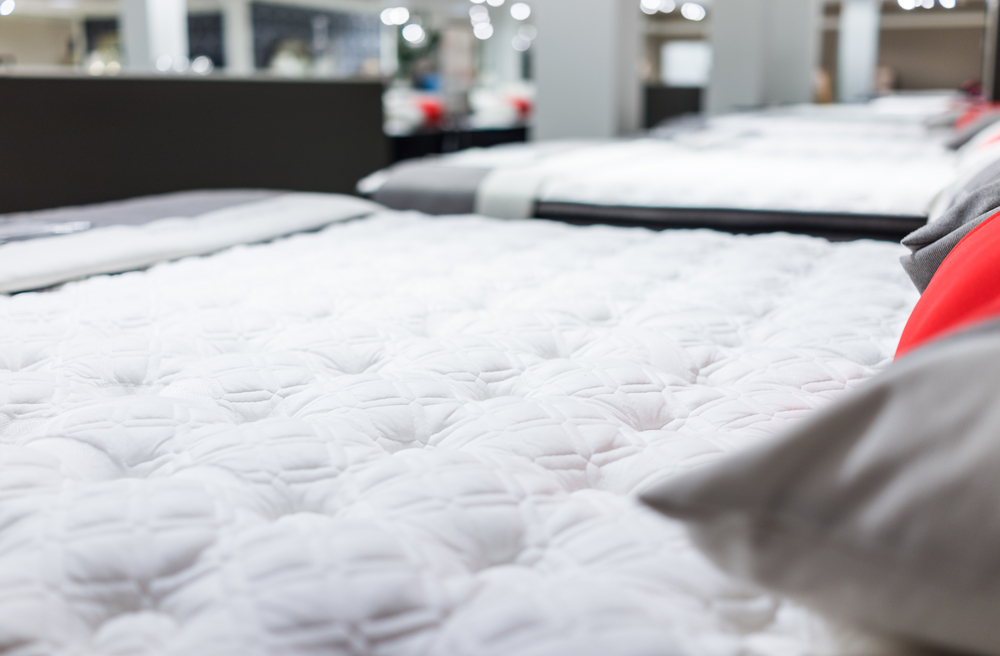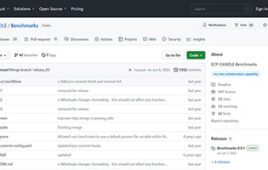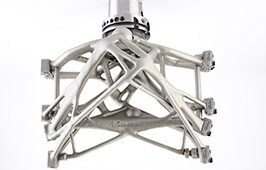Apply for the 2018 R&D 100 Awards
Dow Chemical received a Special Recognition: Green Tech—Merit for VORAGUARD as part of the 2017 R&D 100 Awards program. The winners were announced at The R&D 100 Awards Gala held in Orlando, Florida on Nov. 17, 2017. See the full list of 2017 R&D 100 Award Winners here.
The R&D 100 Awards have served as the most prestigious innovation awards program for the past 56 years, honoring R&D pioneers and their revolutionary ideas in science and technology.
Submissions for the 2018 R&D 100 Awards are now being accepted. Any new technical product or process that was first available for purchase or licensing between January 1, 2017 and March 31, 2018, is eligible for entry in the 2018 awards. Entries for the R&D 100 Awards can be entered under five general product categories— Mechanical Devices/ Materials, IT/Electrical, Analytical/Test, Process/Prototyping, and Software/Services.
The deadline is June 1, 2018.
To apply visit: https://www.rd100conference.com/how-enter-rd-100-awards/
Flexible polyurethane foams are widely used to create cushioning materials in bedding and furniture.
However, the foam requires the addition of styrene-acrylonitrile (SAN) copolymer polyols to increase its load bearing properties—a practice that also increase the material’s flammability.
To use these materials and still meet federal fire safety regulations, high levels of halogenated flame retardants are needed to prevent ignition and to delay the rate of combustion. According to the National Institute of Environmental Health Sciences, there is a growing body of evidence that these flame retardants are associated with adverse health effects in animals and humans, including endocrine and thyroid disruption, impacts to the immune system, reproductive toxicity, cancer, and adverse effects on fetal and child development.
In addition to its environmental safety hazards, there are many regulatory requirements worldwide limiting the use of halogenated flame retardants and, many such as TCPP, contain organo-tin catalysts, which are restricted or under increasing scrutiny from eco-labels and specific brand owners.
In response, Dow Chemical has introduced VORAGUARD—a novel polymer polyol technology for the creation of polyurethane foam manufacturing that does not require flame retardants.
“It enables ultra-low emission and halogen-free foams while still passing the most stringent flammability testing for domestic furniture,” said Ricco Borella, Marketing Manager, Dow Polyurethanes, in an interview with R&D Magazine.
Dow Chemical received a Special Recognition: Green Tech—Merit for VORAGUARD as part of the 2017 R&D 100 Awards program.
How VORAGUARD works
VORAGUARD is a patented polymer polyol for combustion modified high resilience (CMHR) slabstock foams, based on polyisocyanate polyaddition (PIPA) technology. It was created based on Dow’s goal to develop a high solids PIPA polyol that would enable foam creators to expand the current formulation space and allow for higher attainable hardness across the density range.
Borella explained the difference between standard polyurethanes and VORAGUARD technology.
“During flammability testing, polyurethanes start to degrade releasing fragments of polyol backbone, which act as further fuel for the fire,” he said. “VORAGUARD has been designed specifically to decompose before the polyurethane network while simultaneously releasing CO2—absorbing energy, reducing the oxygen content and helping to extinguish the flame. This enhanced technology offers dramatic improvement SAN copolymer polyols and is key to eliminating halogenated flame retardant while still passing flammability tests.”

The BS 5852, Crib 5 test in the United Kingdom. Photo Credit: Dow
The technology was designed from the beginning to be a sustainable and environmentally friendly product, said Borella. It is free from restricted compounds, such as styrene and organo-tin catalysts. In addition, the production process produces less than 0.01 percent scrap and requires very little energy, as the raw materials do not require heating or cooling. The product does not require high temperature stripping of unreacted monomers as is the case with styrene acrylonitrile copolymer polyols.
Disposal of products made with VORAGUARD is also safer.
“Many post-consumer mattresses are incinerated to avoid land fill and capture energy,” said Borella. “Foams made with VORAGUARD do not require flame retardants, preventing the unnecessary release of halogens into the atmosphere. As no liquid flame retardants are required when using VORAGUARD, foam odor, emissions and indoor air quality are all improved.”
Regulatory compliance
VORAGUARD was designed to meet the most severe, high-ignition source flammability tests—such as BS 5852, Crib 5 in the United Kingdom and California TB133—where the flame temperatures are high and the ignition is applied for a long time.
“In these tests, VOARGUARD performs excellently, allowing for halogenated flame retardants to be eliminated completely across an extremely broad range of foam hardness and densities,” said Borella.
However, there is one regularly test where flame retardants are still needed in small amounts with VORAGUARD said Borella.
“In small vertical burning tests—such as the old California TB 117 where specific gas phase activity and melting behavior is required—the addition of low levels of liquid flame retardants are necessary, he said.
VORAGUARD was launched at UTECH Europe in 2015 via a presentation and paper to the polyurethane foam industry, with consistent sales starting in 2016. It is currently being sold or trialed in commercial quantities across Europe and in North America, Australia, India, Middle East and Africa.
“VORAGUARD has been successfully adopted in European markets as well as other geographies worldwide,” said Borella. “Dow continues to expand on the use of this novel technology and bring its benefits to more applications and markets, helping improve life for more people.”





